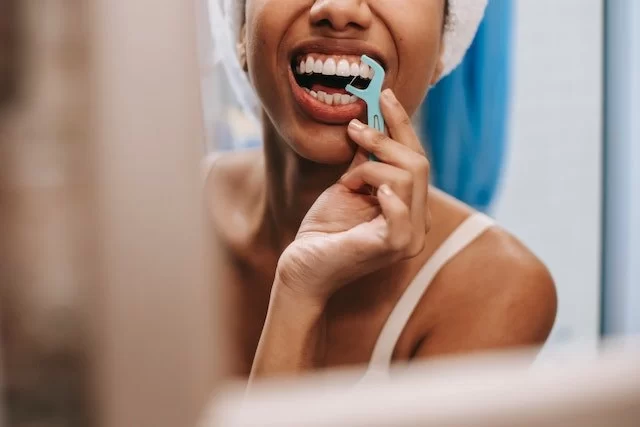
1. Why Good Oral Hygiene Is More Than Just a Smile
1.1 Oral Health Links to Overall Health
In America, nearly half of adults over 30 show signs of gum disease. That’s not just a dental issue—it’s a systemic red flag. Poor oral hygiene has been connected to heart disease, diabetes, and even complications during pregnancy. Your mouth is the entryway to your body. Keeping it clean does more than fight cavities—it protects your whole health.
1.2 A Story That Hits Home
Meet Lisa, a teacher from Ohio. She brushed her teeth twice a day but avoided flossing because it made her gums bleed. A few years later, she started experiencing persistent bad breath and swollen gums. At her dental checkup, she was diagnosed with early-stage periodontal disease. With professional cleaning and a revised routine, Lisa turned her oral health around—starting with learning how to do good oral hygiene the right way.
2. Building a Strong Oral Hygiene Routine
2.1 Brushing Done Right
Americans are used to hearing "brush twice a day"—but not everyone knows how. Use a soft-bristled toothbrush and fluoride toothpaste. Brush for two full minutes in gentle circular motions. Don’t forget your tongue: it harbors bacteria that contribute to bad breath.
2.2 The Flossing Fix
Flossing isn’t optional—it’s essential. Food and plaque build up between your teeth where brushes can’t reach. If you hate flossing, try alternatives like water flossers or pre-threaded floss picks. The goal is consistency, not perfection.
2.3 The Forgotten Step: Rinsing
Rinsing with a therapeutic mouthwash helps control plaque, gingivitis, and bad breath. But don’t rinse your mouth with water right after brushing—it washes away fluoride before it can work. Wait 30 minutes or skip rinsing entirely post-brush.
3. Nutrition and Oral Health Go Hand in Hand
3.1 Sugar: The Silent Saboteur
Americans consume more sugar than nearly any other population globally. That’s bad news for your teeth. Sugary snacks feed harmful mouth bacteria, producing acids that erode enamel. Swap candies for nuts, raw veggies, or cheese—which actually helps neutralize acids.
3.2 Hydration and Saliva
Saliva plays a vital role in neutralizing acids and washing away food debris. Drinking water, especially fluoridated tap water, keeps your mouth clean and supports healthy saliva production. Avoid dry mouth by limiting caffeine and alcohol, which are dehydrating.
4. Dentist Visits Aren’t Just for Emergencies
4.1 Preventive Care Saves Money and Pain
Skipping your biannual dental cleaning may seem harmless, but minor plaque buildup can become tartar, leading to gum disease. Dental cleanings remove buildup and allow early detection of cavities or lesions. In the long run, prevention is far cheaper than treatment.
4.2 What to Expect at a Cleaning
A typical U.S. dental cleaning includes scaling, polishing, and a fluoride rinse. Your dentist may take X-rays once a year to check for hidden issues. Cleanings often take less than an hour but can add years to your dental health.
5. Special Oral Hygiene Considerations for Different Life Stages
5.1 Kids and Teens
Children need guidance until they can brush and floss effectively on their own. Use fluoride toothpaste in pea-sized amounts and monitor sugar intake, especially in drinks. Teens wearing braces should use special floss threaders and brush after every meal to avoid white spots and decay.
5.2 Adults and Aging Populations
As Americans age, dry mouth becomes more common due to medications or health conditions. That increases the risk of tooth decay. Elderly individuals may also face mobility issues that make brushing difficult. Electric toothbrushes and fluoride rinses help compensate and maintain oral hygiene.
6. The Psychology Behind Dental Habits
6.1 Building Habits That Stick
Studies show that tying habits to existing routines helps them last. For example, brush right after breakfast and before bedtime—don’t wait. Store floss somewhere visible to increase your chances of using it. Rewards work too. Celebrate 30 days of consistent brushing with something non-sugary—like a new toothbrush or wellness treat.
6.2 Reducing Dental Anxiety
Fear of the dentist is real and common. But avoiding care worsens problems. Choose a provider who offers sedation or gentle techniques, and communicate openly about your concerns. Many Americans overcome this hurdle by bringing headphones to appointments or choosing dentists with a calming atmosphere.
7. Hidden Threats to Your Oral Health
7.1 Bruxism (Teeth Grinding)
Stress or misalignment can lead to grinding your teeth, especially at night. This wears down enamel and causes jaw pain. A night guard or stress-relief techniques like meditation can make a difference.
7.2 Smoking and Vaping
Tobacco use damages gums and slows healing. Vaping is often considered "safe," but it reduces blood flow and may increase oral cancer risk. Quitting smoking is one of the best things you can do for your mouth—and overall health.
8. Taking the First Step Toward Better Oral Hygiene
Knowing how to do good oral hygiene is only half the battle—you need to act. Whether you're just starting to build better habits or correcting years of neglect, it’s never too late to protect your smile. For professional care or recommendations that suit your needs, visit Dentistry Toothtruth—where your oral health is in trusted hands.

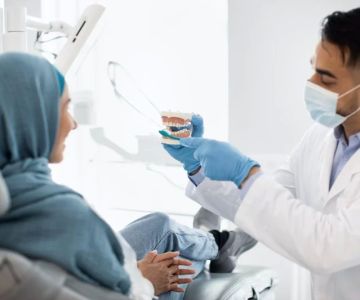

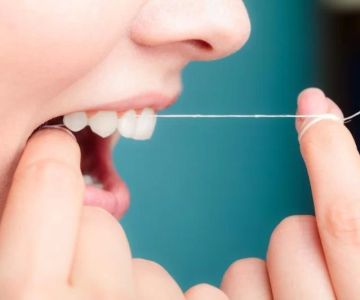

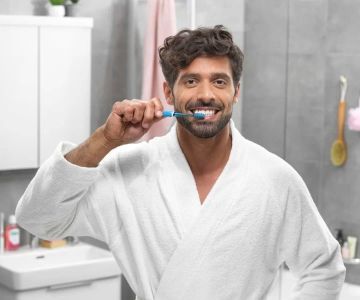
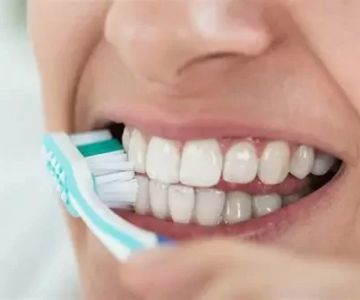
 Acworth Smiles Dentistry4.0 (145 review)
Acworth Smiles Dentistry4.0 (145 review) Ryan J Donovan DMD, MS, PA Periodontics And Dental Implants4.0 (113 review)
Ryan J Donovan DMD, MS, PA Periodontics And Dental Implants4.0 (113 review) New Lenox Dental Group4.0 (46 review)
New Lenox Dental Group4.0 (46 review) Clubhouse Pediatric Dentistry5.0 (208 review)
Clubhouse Pediatric Dentistry5.0 (208 review) NuSet Dental Implants and Oral Surgery of Scottsdale4.0 (20 review)
NuSet Dental Implants and Oral Surgery of Scottsdale4.0 (20 review) Simply Beautiful Smiles of Abington, PA4.0 (142 review)
Simply Beautiful Smiles of Abington, PA4.0 (142 review) The Importance of Oral Health Education During Pregnancy for a Healthy Pregnancy
The Importance of Oral Health Education During Pregnancy for a Healthy Pregnancy Best Tips for Brushing Your Teeth Properly for Healthy Gums: Essential Techniques for Oral Health
Best Tips for Brushing Your Teeth Properly for Healthy Gums: Essential Techniques for Oral Health Why Skipping Dental Checkups Can Lead to Bigger Oral Health Problems
Why Skipping Dental Checkups Can Lead to Bigger Oral Health Problems Advantages of Porcelain Dental Restorations
Advantages of Porcelain Dental Restorations How Can Diabetes Cause Tooth and Gum Problems? Preventing and Managing Oral Health Issues
How Can Diabetes Cause Tooth and Gum Problems? Preventing and Managing Oral Health Issues Healthy Habits for Promoting Good Oral Health and Hygiene: Tips for a Healthy Smile
Healthy Habits for Promoting Good Oral Health and Hygiene: Tips for a Healthy Smile